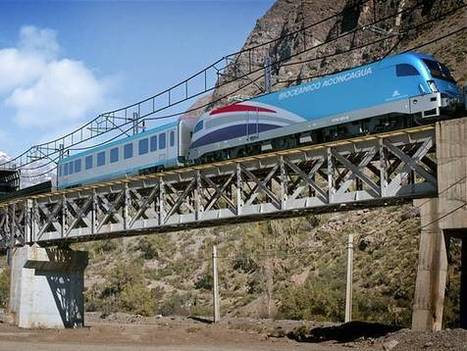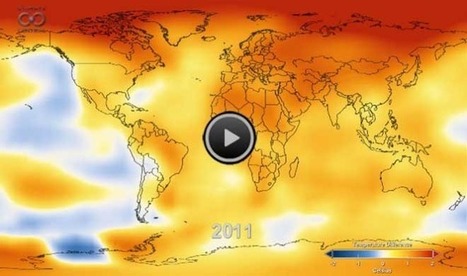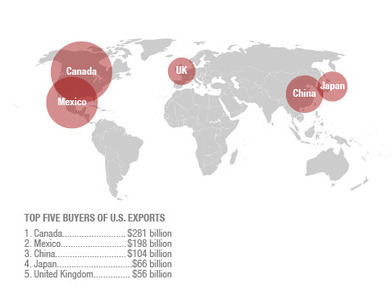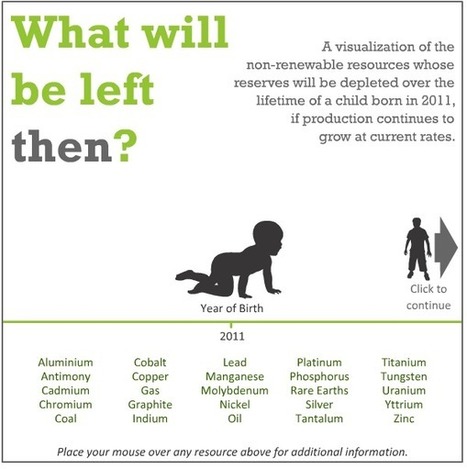BUENOS AIRES, Argentina (AP) — South American engineers are trying to tackle one of the continent's greatest natural challenges: the towering Andes mountain chain that creates a costly physical barrier for...
At the NCGE conference, noted author Harm De Blij mentioned a daring project that would link Eastern South America with the Pacific as engineers were planning to tunnel under the Andes mountains. Here is a link to an article on this intermodal transportation project that would lower the shipping costs from East Asia to the Southern Atlantic. Government officials in both Argentina and Brazil have described the project as a matter of "national interest."
Tags: transportation, LatinAmerica, globalization, industry, economic, development, unit 6 industry.



 Your new post is loading...
Your new post is loading...



















If this project can be accomplished, it would truly be one of the greatest engineering feats in human history. To build a railroad tunnel through the Andes mountains seems impossible, but in all likelihood with the right amount of funding, it can be done. The tunnel would have great economic benefits for both Brazil and Argentina. Goods from both countries could be shipped in both directions with out any issues. The larger world would also benefit from the train tunnel. It is estimated that the tunnel would lower the shipping costs from East Asia to the Southern Atlantic. The entire global trading market would benefit from this development.